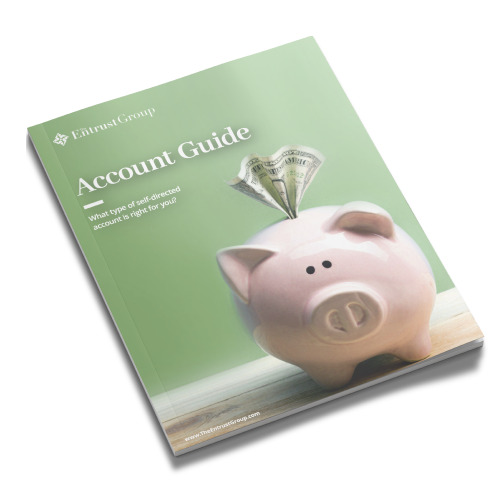A Better Way to Invest in Your Child’s Education

Estimated reading time: 2 minutes
If you’re like most parents, the return of the school year probably has you thinking about your child’s education and future. Regardless of what age your child is now, it’s very likely that you’ll need to make an occasional, or even regular, monetary investment in their education eventually. The costs associated with a good education can stack up quickly, so what’s a pragmatic way to go about paying for your child’s education?
Obviously, you could start by opening an ordinary savings account, earmarking it for your child’s scholastic expenses, and add to it as you see fit. That would be a completely reasonable approach.
A savvier approach however, would be to open an Education Savings Account (ESA Plan), a specialized savings plan.
What An ESA Is And Who It’s For
An ESA, also known as a Coverdell ESA, is an account where the money you set aside for a child’s education can grow tax-deferred. Anyone can open an ESA on behalf of a minor--whether they are a parent, grandparent, other relative, friend, or acquaintance. The funds within the account can provide support to said minors throughout grade school and college.
Advantages of a Self-Directed ESA
Just like a Self-Directed IRA, you control what assets you invest in when you open a Self-Directed ESA. You have the freedom to invest in what you know, whether that’s real estate, private placements, or precious metals. Diversifying your investments can protect you against market volatility. You won’t be limited to the investments offered by a brokerage firm or bank.
Contributions to an ESA are not tax-deductible, but the investment earnings grow tax-deferred, and become tax-free when used for educational purposes. Opening a Self-Directed ESA gives you the ability to grow the account faster than you would using only traditional investments.
How to Use ESA Funds
You can use the funds in an ESA to pay for your child’s tuition at any educational institution that provides elementary, secondary, college, or vocational training/education. You can also use it to pay for educational expenses such as uniforms, computers, books, lab fees, and school supplies.
How Much You Can Contribute
Per 2020, you can contribute up to $2000 annually per beneficiary. You do not need to contribute every year unless you choose to. Contributions are subject to change on an annual basis, check here for the most up to date ESA contribution limits.
Who Can Benefit From an ESA
The ESA’s designated beneficiary must be under the age of 18 to receive a contribution, unless they are a special needs designated beneficiary. The ESA may be kept open until the designated beneficiary reaches age 30. After the designated beneficiary turns 30, the ESA can be transferred to an eligible family member, or the assets can be distributed. Funds can be transferred to any family member under the age of 30 when needed to pay for eligible, educational expenses.
Whether you're an individual investor, a small business owner, or both, there are a number of retirement plans available to you. Check out our account guide to learn more.
































0 Comment